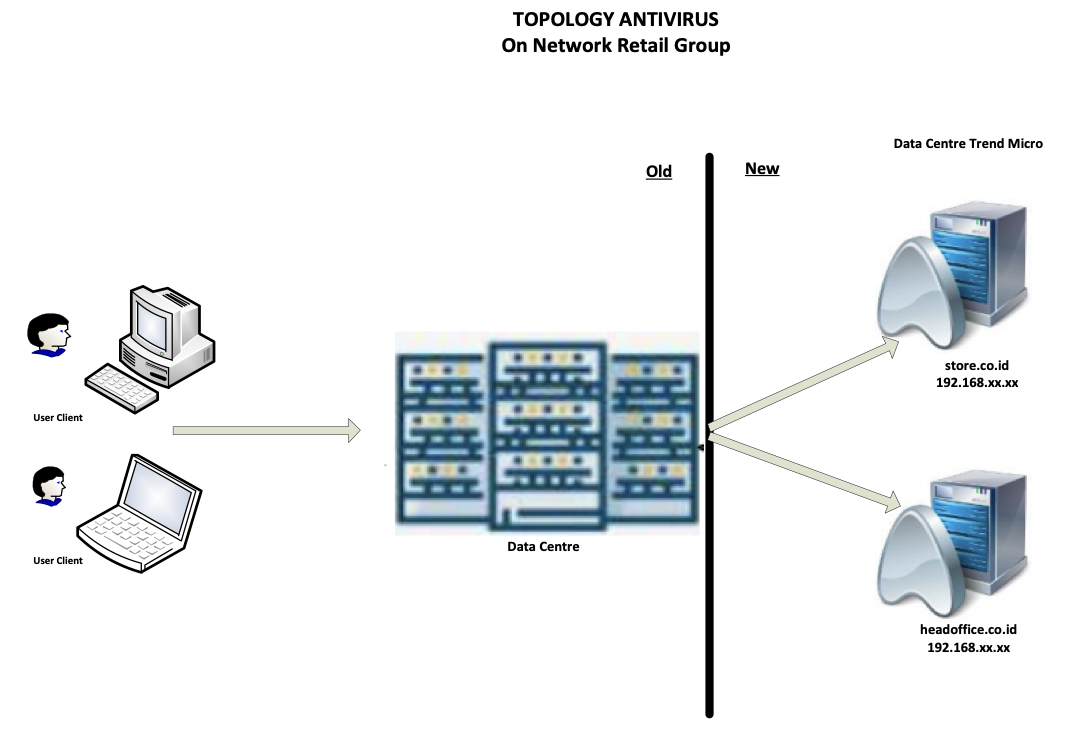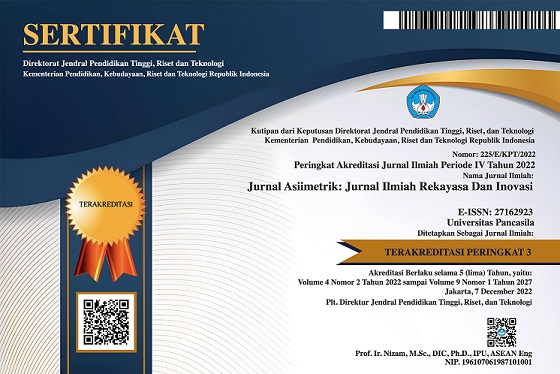Peningkatan Keamanan pada Simple Network Time Protocol (SNTP) untuk Mendeteksi Cybercrime di dalam Aktivitas Jaringan
Improved Security on Simple Network Time Protocol (NTP) to Detect Cybercrime in Network Activity
DOI:
https://doi.org/10.35814/asiimetrik.v5i1.4113Keywords:
security, network, protocol, cybercrimeAbstract
Today's cybercrime methods are extremely diverse. The methods employed by attackers are becoming more diverse and intricate. Malicious software, commonly referred to as malware, is utilized in these various attacks. Malware threats and their propagation can be accomplished in several different ways. Good governance facilitates prevention via migration, assisting the security team and network infrastructure IT. This paper discusses efforts to enhance the security of the Simple Network Time Protocol (SNTP) to detect cybercrime on the network. Based on the results of the conducted experiments, we determined that by updating the Simple Network Time Protocol, implementing the client-server antivirus, and scanning every client connected to the local network or centrally, we could detect the types of attacks that frequently occur on the network system, thereby protecting all client computers from malware, viruses, worms, and Trojan horses. Based on the antivirus migration data, the employed research method can find information on cybercrimes that involve malware that enters the network and is successfully cleaned or quarantined before being automatically blocked.
Downloads
References
Ablon, L. dan Bogart, A. (2017) Zero days, thousands of nights: The life and times of zero-day vulnerabilities and their exploits. 1st edn. California: Rand Corporation [Cetak].
Adenansi, R. dan Novarina, L.A. (2017) ‘Malware dynamic’, JoEICT (Journal of Education And ICT), 1(1), hal. 37–43.
Adnan, M.S., Ikhwan, S. dan Rahmawati, Y. (2018) ‘Implementasi Load Balancing Metode ECMP, NTH dan PCC dengan Empat Link Internet Menggunakan Mikrotik’, in Proceedings on Conference on Electrical Engineering, Telematics, Industrial Technology, and Creative Media. Conference on Electrical Engineering, Telematics, Industrial technology, and Creative Media (CENTIVE), Purwokerto: Institut Teknologi Telkom Purwokerto, hal. 308–314.
Bilah, C.O. dan Infantono, A. (2019) ‘Pengembangan Aplikasi Mobile Kamus Istilah Aeronautika pada Platform Android Sesuai Standar ISO 25010’, in Prosiding Seminar Nasional Sains Teknologi Dan Inovasi Indonesia (SENASTINDO). Seminar Nasional Sains Teknologi dan Inovasi Indonesia (SENASTINDO AAU), Jakarta: Akademi Angkatan Udara, hal. 195–202.
BSSN, - Badan Siber dan Sandi Negara (2022) Laporan Tahunan Monitoring Keamanan Siber Tahun 2021. Jakarta: Badan Siber dan Sandi Negara.
Cakrawala (2021) ‘Apa Itu Cyber Security? Mengapa Cyber Security Kini Makin Penting?’, Info Komputer, hal. 1–2.
Haryanto, E. dan Adhipta, D. (2016) ‘Meningkatkan Mekanisme Keamanan Otorisasi Port Dengan Metode Simple Port Knocking Tunneling’, in Prosiding Konferensi Nasional Penelitian Matematika dan Pembelajarannya (KNPMP I). Konferensi Nasional Penelitian Matematika dan Pembelajarannya (KNPMP I), Surakarta: Universitas Muhammadiyah Surakarta, hal. 827–834.
Hidayatulloh, S. (2014) ‘Analisis dan Optimalisasi Keamanan Jaringan Menggunakan Protokol IPSec’, Jurnal Informatika, 1(2), hal. 93–104.
Rhode, M., Burnap, P. dan Jones, K. (2018) ‘Early-stage malware prediction using recurrent neural networks’, Computers & Security, 77, hal. 578–594.
Sitompul, J. (2021) Cyberspace, Cybercrimes, Cyberlaw : Tinjauan Aspek Hukum Pidana. 1st edn. Jakarta: Tatanusa [Cetak].
Wijaya, N.H. dan Panca, B.S. (2020) ‘Analisis Litensi Metode PCC, NTH dan ECMP untuk Load Balance dan Failover’, Jurnal STRATEGI - Jurnal Maranatha, 2(1), hal. 177–189.
Yuliandoko, H. (2018) Jaringan Komputer Wire dan Wireless Beserta Penerapannya. 1st edn. Yogyakarta: Deepublish [Cetak].





























